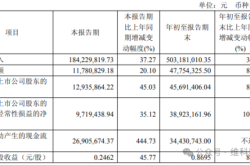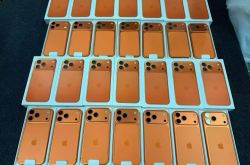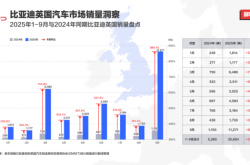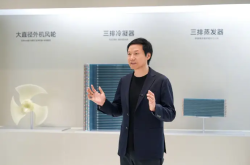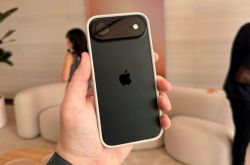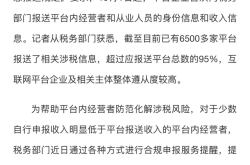Ultra-Thin Smartphones Surge in Popularity: Manufacturer Struggles or Untapped Potential?
![]() 04/22 2025
04/22 2025
![]() 664
664
Fashion and smartphone design both follow cyclical trends.
As the adage goes, fashion is cyclical, and this axiom holds true for the smartphone market as well.
Consider design trends: a few years ago, sci-fi and sleek styles may have dominated, but this year, minimalism and retro aesthetics are taking center stage. System UI design frequently oscillates between "skeuomorphic" and "minimalist" styles, and at the screen level, curved screens, once prized by manufacturers, are gradually being supplanted by flat screens. We often witness such repetitions in smartphone design.
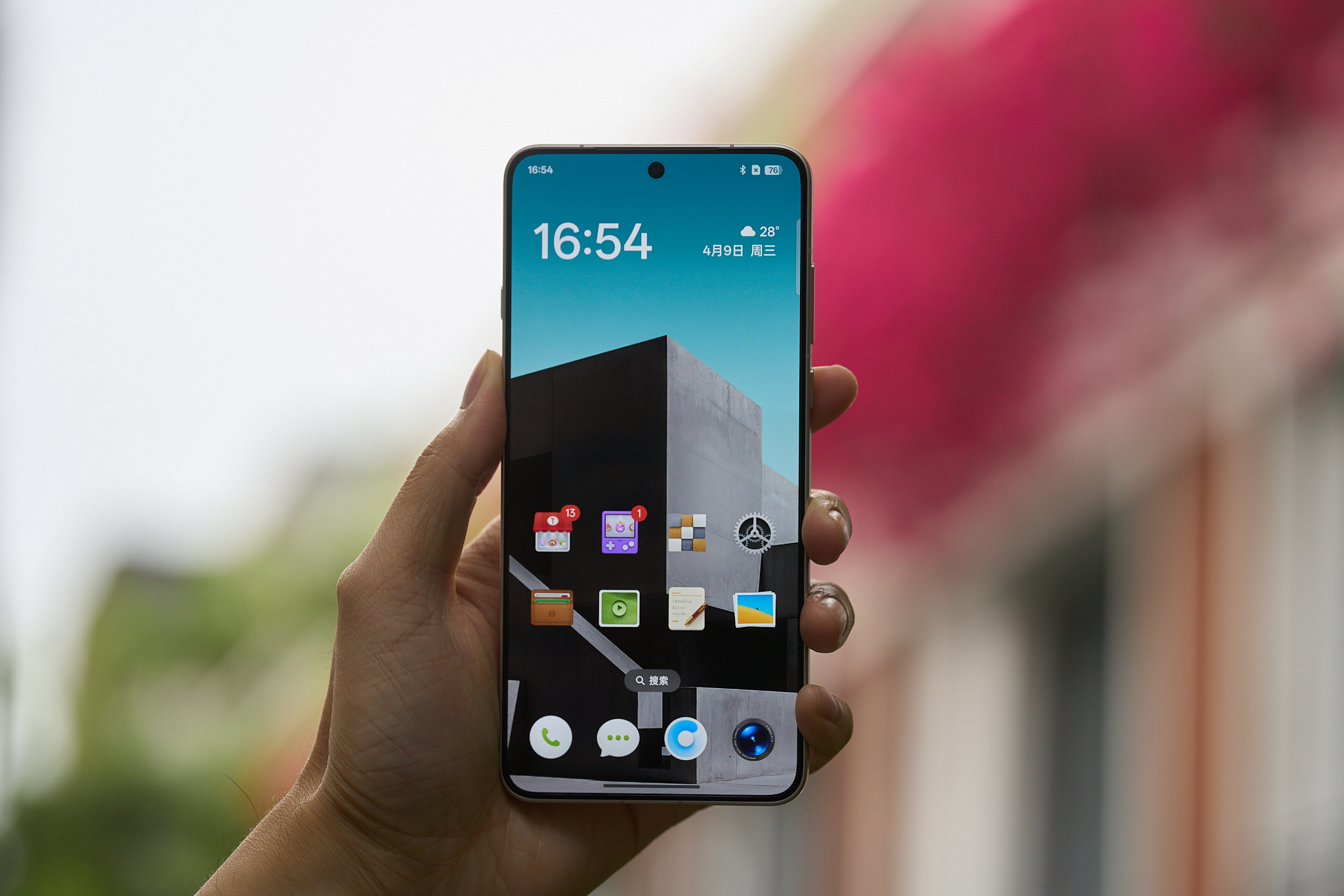
(Image source: Lei Technology production)
It's not accurate to say manufacturers are struggling; often, it's because the technology of the era fails to meet their design visions. As technology matures, solutions once deemed flawed are revisited by manufacturers. For instance, Lei Technology has observed that the once-popular "ultra-thin smartphone" design is resurging as a new direction in smartphone industrial design.
One can't have it all, so why opt for "ultra-thin"?
Based on information gathered by Lei Technology, it is certain that Apple, Samsung, Red Magic, OPPO, and vivo will all launch ultra-thin design models this year.
Take Apple's iPhone 17 Air as an example. According to hands-on photos of the phone mockup released by foreign media MajinBuOfficial, the body thickness of the iPhone 17 Air (5.5mm) is almost half that of the iPhone 16 Pro Max (8.25mm). This slender form factor has piqued the interest of Lei Technology, which was initially uninterested in the iPhone.
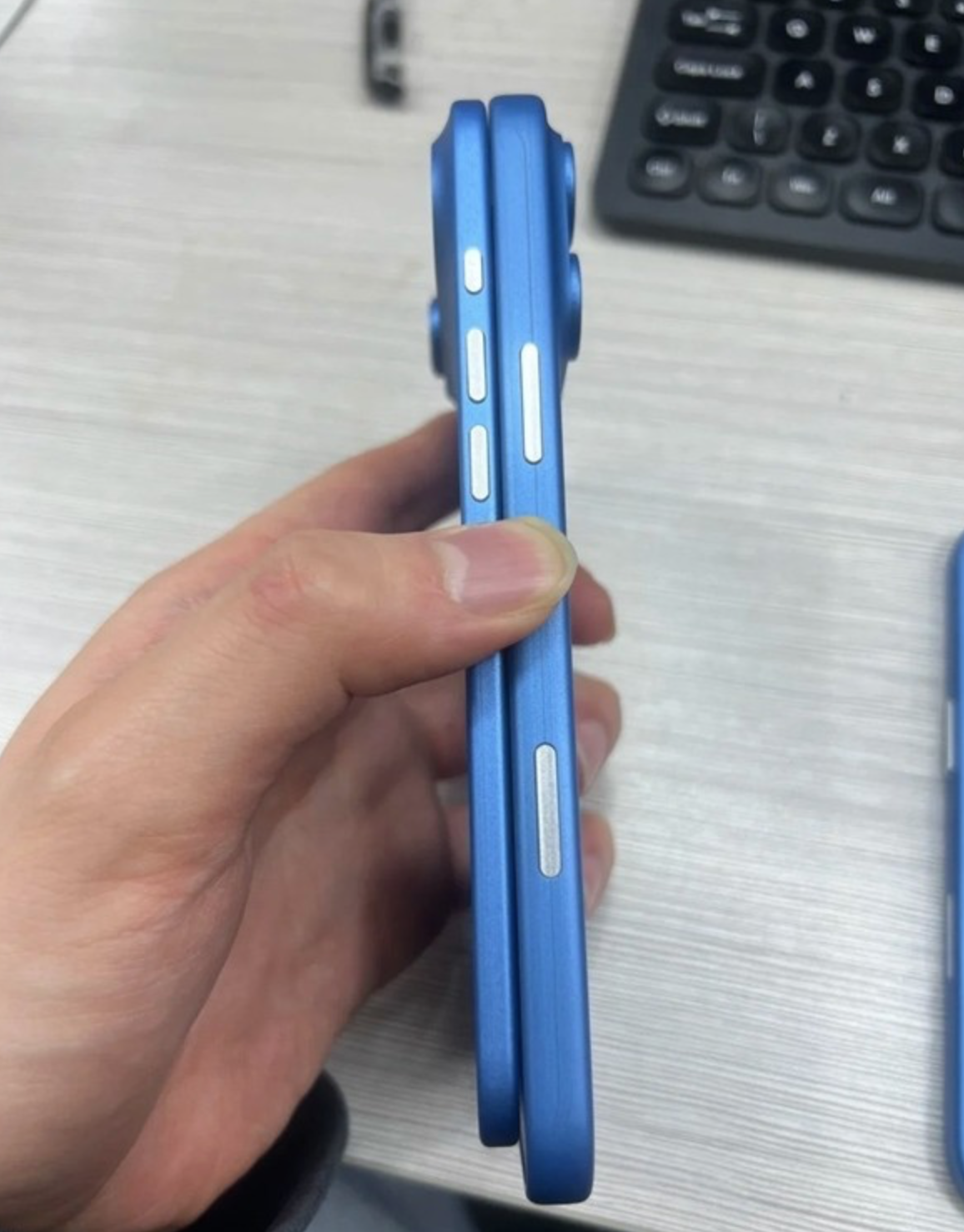
(Image source: @MajinBuOfficial)
Samsung also released the S25 Edge with a body thickness of only 5.74mm at the end of last year. Lei Technology saw the real phone at MWC25 but unfortunately, hands-on experience was still not allowed on-site. However, from the pictures, it's evident that the ultra-thin body of the S25 Edge imbues it with an elegance that ordinary phones simply lack.
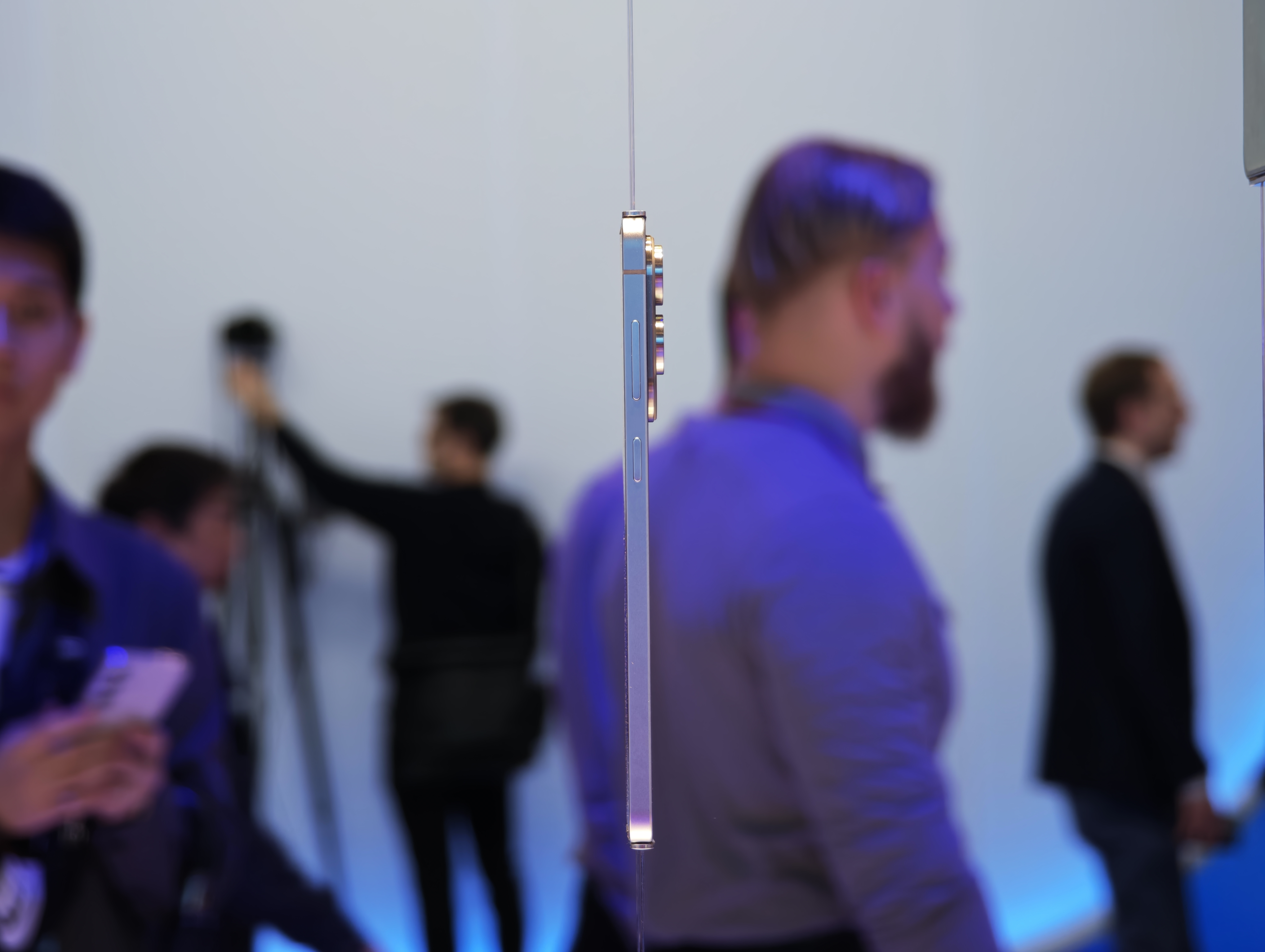
(Image source: Lei Technology production)
If aesthetics is the goal, ultra-thin design is undeniably a significant factor, but what drawbacks does it entail? Let Lei Technology briefly outline them for you.
Firstly, battery life is significantly reduced. This is understandable. According to current leaks, the battery capacity of the iPhone 17 Air is less than 3500mAh, and the Samsung S25 Edge only boasts a 3900mAh battery. In an era where domestic smartphones average 6000-7000mAh, the battery performance of these two ultra-thin smartphones speaks for itself.
Secondly, core specifications are compromised. Besides the drastic reduction in battery size, camera sensors and heat dissipation measures, which consume substantial internal space, are also scaled back. It can be said that to achieve an extreme feel, a series of peripheral configurations are sacrificed.
Thirdly, manufacturing costs surge. This encompasses not only initial human and material resource investments but also the multiple debugging and optimization processes required after research and development to bring the product to market. Additionally, ultra-thin models require bespoke molding and generally have low sales volumes, meaning their costs are difficult to amortize quickly, prolonging the return cycle. In some cases, it may take two or even three years to recover costs.
Given the potential for compromised user experience, why do smartphone manufacturers still venture into this challenging terrain? The reason is simple: they need a sufficiently novel product to rejuvenate the market. However, rather than risking potentially failed disruptive innovations, most manufacturers make minor adjustments based on existing successful models. For large enterprises, every drastic change may harbor significant risks.
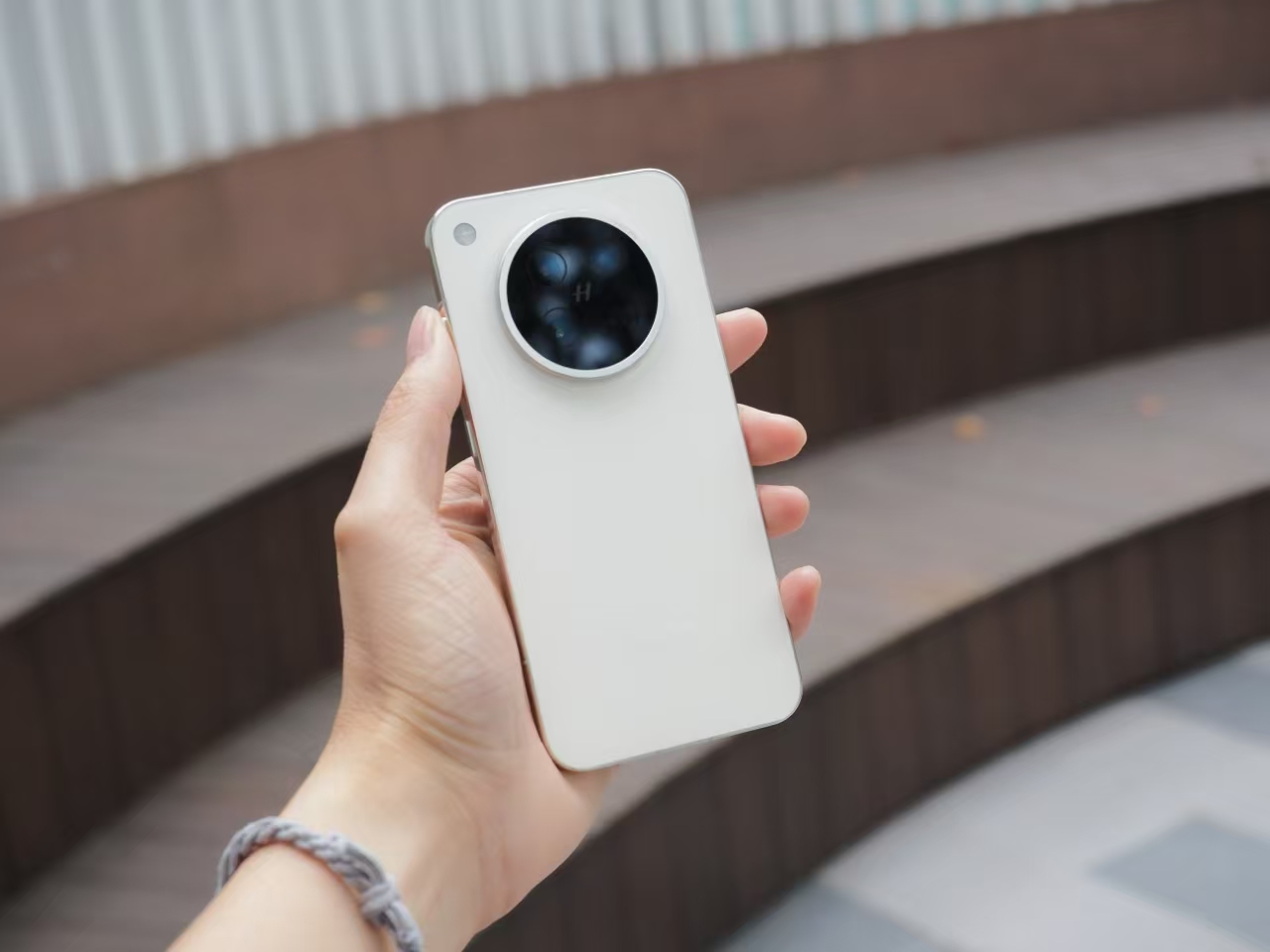
(Image source: Lei Technology production)
In Lei Technology's view, ultra-thin models share similarities with the popular small-screen smartphones of the past two years. Users of small-screen flagships and ultra-thin models appreciate the top-tier specifications and the pleasure of one-handed use. Price and experience are paramount, and they are not new market entrants but rather demanding veterans. If a perfect balance between price and specifications cannot be achieved, interest may wane, indicating that the challenge of ultra-thin smartphones taking off surpasses our expectations.
Obvious latecomer advantages: Battery technology gives domestic manufacturers an edge
Unlike Apple and Samsung, domestic manufacturers prioritize testing ultra-thin models in mid-range or low-end product lines, as these products allow for more configuration trade-offs. In other words, most consumers at this price point are willing to sacrifice imaging and heat dissipation for a superior feel.
Furthermore, battery technology is a key focus area for domestic manufacturers. For instance, Honor's Qinghai Lake battery, Xiaomi's Jinshajiang battery, Huawei's silicon-carbon anode battery, OPPO's Glacier battery, and vivo's Blue Ocean battery are all actively increasing silicon content in batteries. Supported by high-silicon carbon anode batteries, smartphone battery capacity has increased from early 5000-6000mAh to this year's 8000mAh, with visible progress without altering volume size.
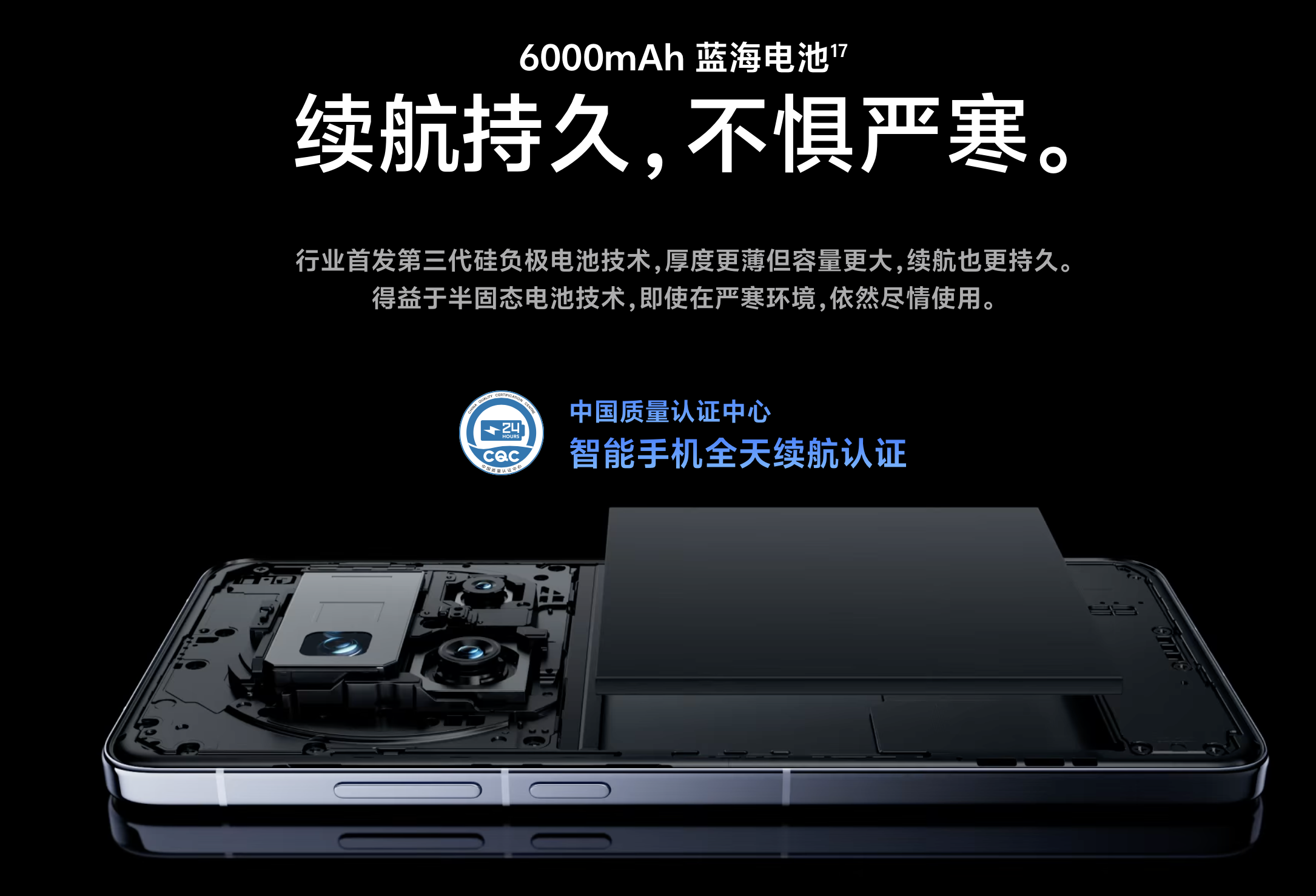
(Image source: vivo official)
For example, the Red Magic 10 Air, confirmed for release tomorrow, is equipped with a 6000mAh battery, but its body thickness has increased to 7.85mm, only about 0.5-1mm thinner than mainstream phones. Strictly speaking, it's not considered an "ultra-thin smartphone," which is also related to the gaming phone positioning of the Red Magic 10 Air itself.
However, this is just the beginning for domestic ultra-thin smartphones. Lei Technology firmly believes that subsequent domestic ultra-thin smartphones will be able to slim down further and increase battery capacity based on the Red Magic 10 Air.
Secondly, in terms of imaging, domestic manufacturers have gradually realized that flagship imaging experience does not solely rely on flagship-level hardware. For example, the recently released OPPO Find X8s offers a top-notch shooting experience with less impressive hardware configuration, combined with its unique algorithm. Moreover, manufacturers are reducing the volume and thickness of camera modules without compromising imaging performance by improving lens architecture and adopting more compact optical designs.
Although domestic brands may lag slightly, their overall configuration and battery life could be superior. After all, current small-screen flagships on the market achieve excellence, so it's not unrealistic for large-screen ultra-thin flagships to also reach sub-flagship levels.
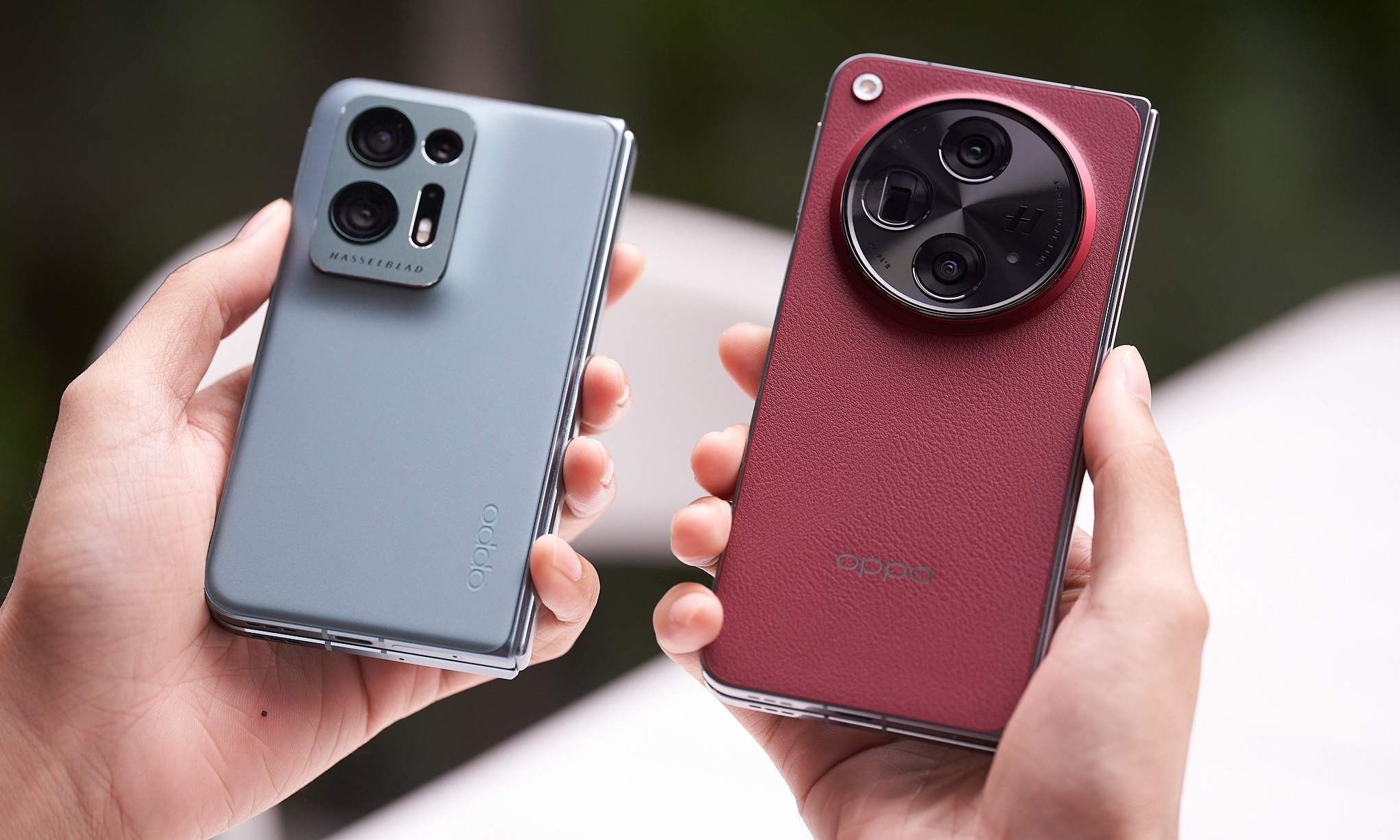
(Image source: Lei Technology production)
With technology as a backbone, Lei Technology believes the demand for ultra-thin flagships will be significant. Taking foldable smartphones, whose market share has been increasing annually, as an example, users desire both the large-screen characteristics of foldable smartphones and thin, lightweight products. The market has proven that foldable smartphones that excessively stack materials are less popular, whereas those focusing on thinness and lightness with balanced specifications have become sales mainstays.
Even in the ordinary smartphone market, there are currently popular small-screen flagships, Ultra flagships emphasizing imaging and performance, and standard balanced flagships. As long as manufacturers can produce an ultra-thin model with balanced specifications, its sales will be promising. After all, who would resist a lightweight, thin, and user-friendly phone?
While it's difficult to return to an era when mainstream products were only about 5mm thick, at least products like "brick phones," which completely ignore hand feel and portability for extreme functionality, should no longer be the norm.
Written at the end
As mentioned earlier, the resurgence of "ultra-thin smartphones" is not due to manufacturer struggles but rather the result of continuous exploration and weighing between technology, demand, and the market in the smartphone industry. In the future, we will not only see models that harmonize battery life and thinness but also anticipate the birth of more ultra-thin smartphones. Of course, there will also be many ultra-long-lasting smartphones with 7000mAh or even larger batteries continuing to compete in the online market.
For users, how smartphone manufacturers attract them with more novel and technological features to stimulate purchase desire is currently one of the most critical factors. With the intense "involution" among major manufacturers in imaging, form factor, appearance, and performance already evident, it's time to shift gears and continue evolving.
So, do you have high hopes for ultra-thin smartphones?
Source: Lei Technology

